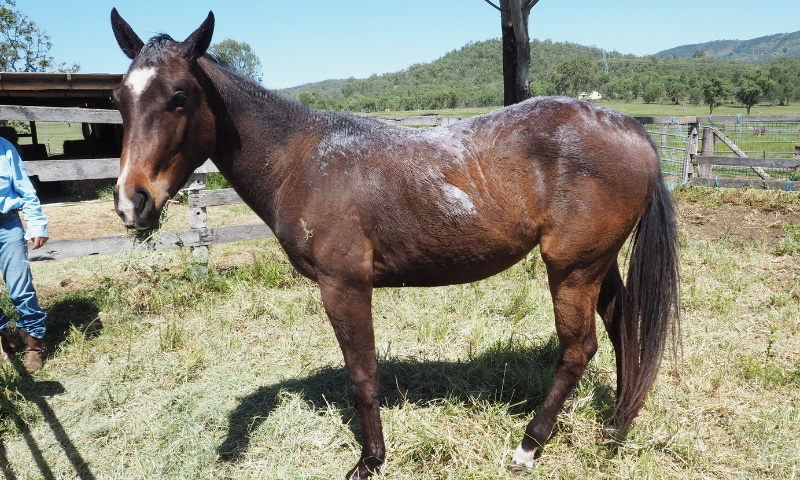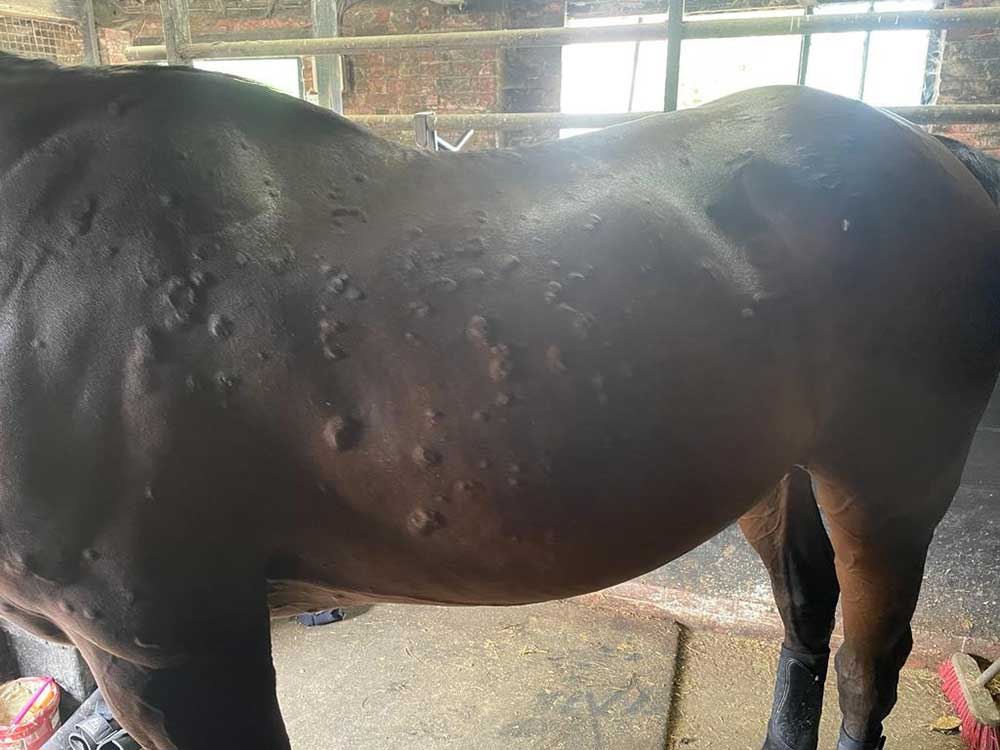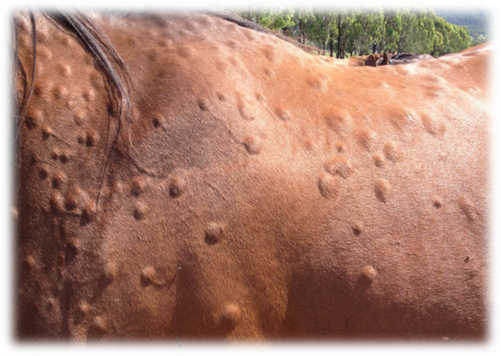Understanding Your Horse’s Skin Conditions

Caring for your horse involves more than just feeding and exercise; understanding their skin health is crucial for their overall well-being. This article explores common skin conditions in horses, their causes, symptoms, treatments, and preventive measures.
Common Horse Skin Conditions

| Condition | Description | Symptoms | Causes | Treatment Options |
|---|---|---|---|---|
| Rain Rot (Dermatophilosis) | A bacterial infection causing scabby, crusty lesions | Scabs, hair loss, itching | Wet, muddy conditions | Topical antibiotics, keeping dry |
| Ringworm | Fungal infection leading to circular patches | Circular bald spots, scaling | Fungal spores, contaminated equipment | Antifungal creams, isolation |
| Sweet Itch | Allergic reaction to insect bites | Intense itching, hair loss | Biting midges (Culicoides) | Insect repellents, corticosteroids |
| Mud Fever (Pastern Dermatitis) | Inflammation of the lower legs due to moisture | Swelling, scabs, lameness | Wet, muddy environments | Cleaning, topical antibiotics |
Causes of Skin Conditions
- Environmental Factors: Prolonged exposure to wet or muddy conditions can promote bacterial and fungal growth.
- Parasites and Insects: Biting insects like midges can cause allergic reactions or transmit infections.
- Poor Hygiene: Dirty stables and equipment increase the risk of infections.
- Allergies: Horses may develop sensitivities to certain plants, chemicals, or insect bites.
Recognizing Symptoms Early
Early detection is key to effective treatment. Watch for:
- Unusual hair loss or bald patches
- Scabs, crusts, or scaling on the skin
- Excessive itching or rubbing
- Swelling or heat in affected areas
Treatment and Management
- Veterinary Diagnosis: Always consult a vet for accurate diagnosis.
- Topical Treatments: Use prescribed creams or ointments.
- Environmental Management: Keep the horse’s environment clean and dry.
- Preventive Measures: Use insect repellents and maintain good grooming routines.
FAQ
Q1: How can I prevent my horse from getting skin infections?
A1: Maintain clean, dry living conditions, regularly groom your horse, and use insect repellents during peak insect seasons.
Q2: When should I call a vet for my horse’s skin condition?
A2: If you notice persistent lesions, swelling, or if the horse shows signs of discomfort or lameness, seek veterinary advice promptly.
Q3: Are skin conditions contagious between horses?
A3: Some conditions like ringworm are contagious, so isolating affected horses and disinfecting equipment is important.
Q4: Can diet affect my horse’s skin health?
A4: Yes, a balanced diet rich in essential fatty acids and vitamins supports healthy skin and coat.
Conclusion
Understanding your horse’s skin conditions helps in early detection and effective treatment, ensuring your horse remains healthy and comfortable. Regular grooming, proper stable management, and prompt veterinary care are essential components of skin health.
This structured approach not only educates but also optimizes the content for search engines, making it easier for horse owners to find valuable information online.
